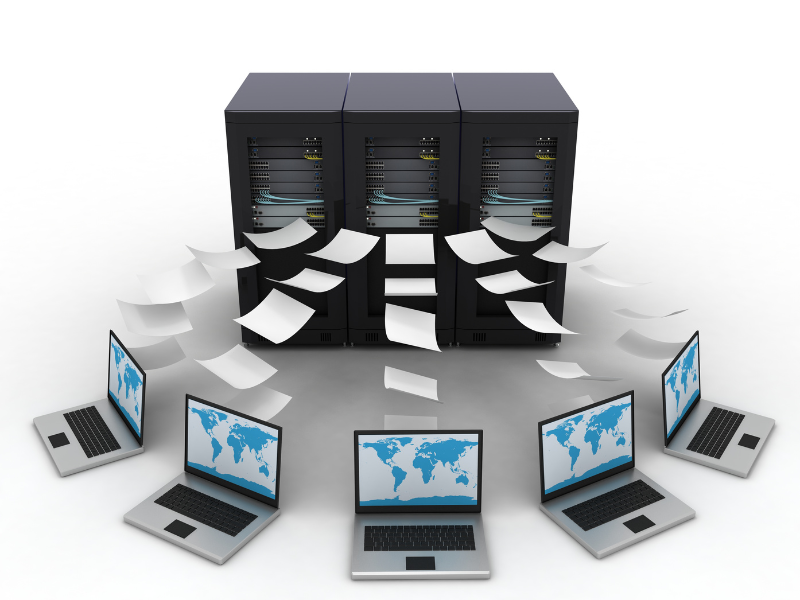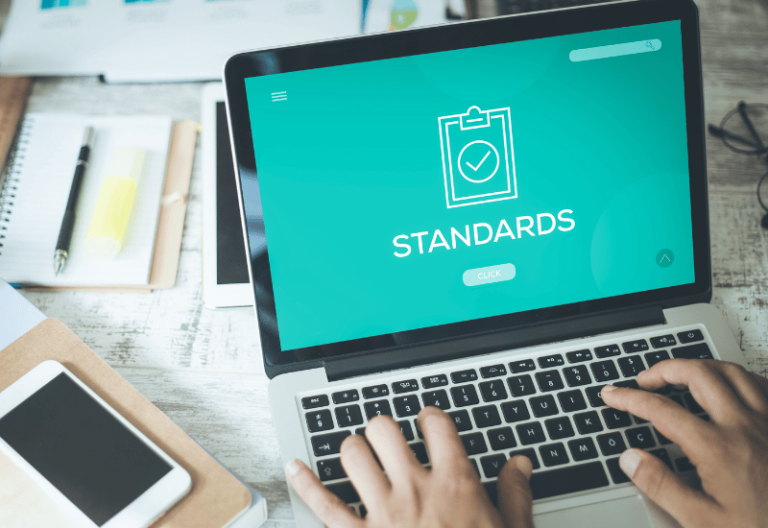Following a set of standards for exchanging information is a must, especially in industries that rely heavily on data interoperability. The HL7 (Health Level Seven) interface is a great example. With it, healthcare organizations can ensure the seamless and secure exchange of sensitive data between healthcare systems and applications.
This article gives a glimpse of what the HL7 interface is about, including its uses and benefits.
Table of Contents

What Is the HL7 Interface?
The HL7 (Health Level Seven) interface is a standardized protocol designed to help facilitate the seamless exchange, integration, sharing, and retrieval of electronic health information between different health systems.
HL7 interfaces enable interoperability between different healthcare IT systems, such as electronic health records (EHRs), laboratory information systems (LIS), radiology information systems (RIS), pharmacy systems, and more. Implementing HL7 interfaces ensures that various systems can communicate effectively and share patient information seamlessly.
The interface itself also consists of categorized messages structured in a way that facilitates standardized communication. These HL7 messages are crucial in ensuring that each information gets processed and interpreted accurately.

HL7 Interface Uses
The HL7 interface is a versatile solution for integrating applications and workflows. With it, health providers can easily access relevant data for improved decision-making and treatment outcomes.
Electronic health records management
One major use of the HL7 Interface is electronic health records (EHR) management. With seamless EHR integration, the HL7 interface allows health providers to access and update patient data. This enables medical providers to make well-informed decisions, improving the overall quality of care delivery.
Ordering and reporting of laboratory test findings
The HL7 interface ensures timely and accurate ordering of lab tests, as well as results reporting. This reduces manual errors and prevents misdiagnoses that medical providers commonly encounter as fragmented information challenges.
Global collaboration and data sharing
Exchanging data among healthcare providers is now made easy with the HL7 interface. This has been crucial for public emergencies like the recent COVID-19 pandemic and other natural disasters that needed global collaboration. HL7 Interface plays a pivotal role in facilitating faster diagnosis and treatment.

Benefits of HL7 Interface
More than the efficient exchange of healthcare data, the HL7 interface ensures that organizations remain compliant with the latest regulations and data standards, such as HIPAA. It also increases efficiency and precision when sharing and retrieving data between different health applications.
Some of the advantages of HL7 include:
Data uniformity
An HL7 interface software uses a standardized process of exchanging data to share patient records between different systems. This eliminates data duplication and ensures that all patient information is accurate and updated. Moreover, it gives medical providers a more comprehensive clinical view of their patients, including their medical history, medications, and treatment plans.
Automated workflow
Another significant advantage of HL7 is automated workflow. Establishing a more streamlined process of exchanging data helps eliminate menial tasks, making room for innovative developments and enhancing overall efficiency. With this, healthcare professionals can redirect their time and resources toward more meaningful patient care and clinical research.
Streamlined regulatory compliance
Organizations can keep up with the latest regulatory compliance requirements and standards using the HL7 Interface. By enabling electronic data sharing, healthcare providers can maintain HIPAA compliance. This will allow them to focus on delivering quality patient care and making well-informed decisions.
Improved clinical efficiency
HL7 enables smoother data exchange to ensure the accurate sharing of patient information between organizations. When clinicians receive up-to-date data, they can get a broader perspective of their patient’s condition, which can help improve the quality of care.
Administrative error reduction and prevention
Syncing data across multiple sources is possible through the HL7 interface. When organizing patient records, there’s no need to request or fill out information manually. This can help providers save time and reduce the risk of errors and discrepancies during the data exchange.
New technology opportunities
Beyond seamless data transmission, the HL7 interface also provides greater flexibility that can open opportunities for innovation. In turn, medical institutions can experiment with how to innovate current software systems and solutions based on the current healthcare interoperability standards.
Importance of HL7 Interface in Healthcare
Data standardization, interoperability, and workflow efficiency are among the reasons why healthcare organizations should consider implementing HL7 interfaces. Besides ensuring that vital patient data containing PHI, such as laboratory tests and medication histories, gets shared accurately and efficiently, the interfaces established following HL7 standards enable organizations to comply with regulatory requirements. It also attests to their capability and commitment to ensure the safe exchange of protected health information across different healthcare IT systems.
Not only does this help improve patient trust, but it also enables healthcare providers to act and make well-informed decisions during critical situations.







